Home>Gardening & Outdoor>Landscaping Ideas>How Long Should Fertilizer Be On Grass Before Rain
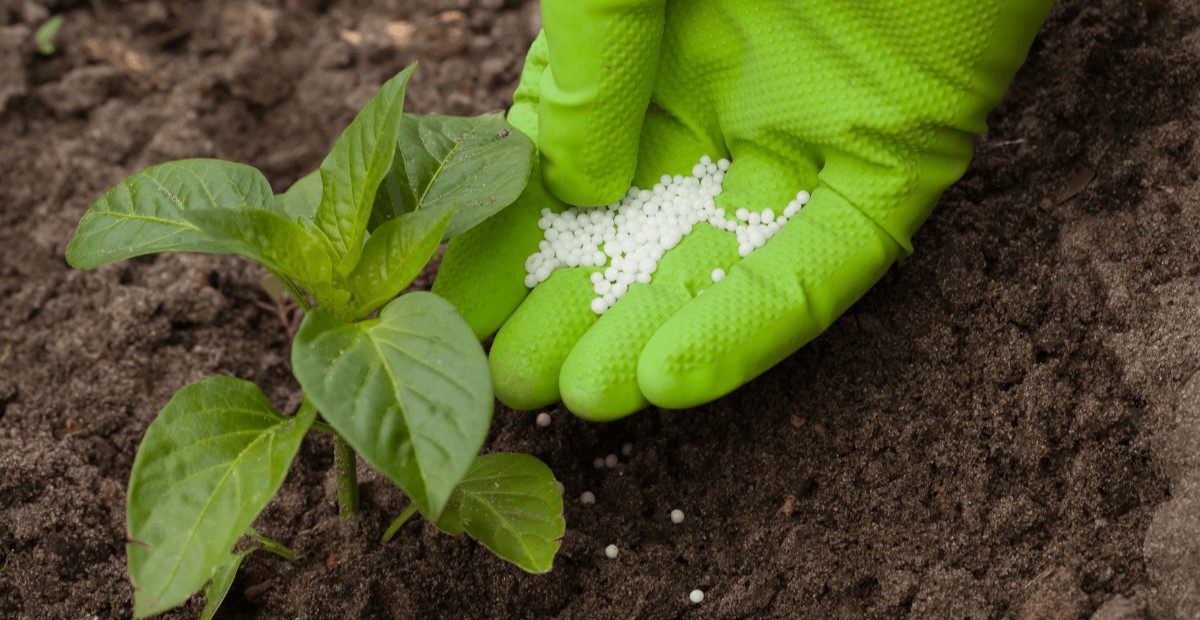

Landscaping Ideas
How Long Should Fertilizer Be On Grass Before Rain
Published: February 2, 2024
Ensure the effectiveness of your landscaping ideas by learning how long fertilizer should stay on grass before rain. Maximize your lawn care efforts with expert tips.
(Many of the links in this article redirect to a specific reviewed product. Your purchase of these products through affiliate links helps to generate commission for Storables.com, at no extra cost. Learn more)
Introduction
When it comes to maintaining a lush, vibrant lawn, fertilizing plays a pivotal role in nurturing healthy grass growth. However, the timing of fertilizer application, particularly in relation to impending rainfall, is a crucial consideration for achieving optimal results. The question “How long should fertilizer be on grass before rain?” is a common one among homeowners and landscaping enthusiasts. In this article, we will delve into the factors affecting fertilizer absorption, the ideal waiting time for rain after fertilizing, the consequences of rainfall shortly after fertilizing, and valuable tips for applying fertilizer before rain.
Understanding the dynamics of fertilizer absorption and its interaction with rainfall is essential for maximizing the benefits of lawn fertilization. Let’s explore the key aspects that influence the efficacy of fertilizing your lawn before rain.
Key Takeaways:
- Wait at least 24 hours before rain after applying water-soluble fertilizer to let it absorb. Slow-release fertilizers offer more flexibility in timing.
- Heavy rain shortly after fertilizing can lead to nutrient runoff, uneven distribution, and create a conducive environment for weeds and fungal diseases. Monitor weather and adjust application for optimal results.
Factors Affecting Fertilizer Absorption
Several factors come into play when considering how long fertilizer should be on grass before rain. Understanding these factors can help homeowners make informed decisions about when to apply fertilizer for optimal absorption and effectiveness.
- Soil Moisture: The moisture content of the soil significantly impacts fertilizer absorption. If the soil is too dry, it may not effectively absorb the nutrients in the fertilizer. Conversely, excessively wet soil can lead to nutrient runoff, reducing the fertilizer’s efficacy. Therefore, it’s crucial to assess soil moisture levels before applying fertilizer.
- Fertilizer Type: Different types of fertilizers have varying absorption rates. For instance, slow-release fertilizers are designed to gradually release nutrients over time, making them less susceptible to immediate wash-off by rain. Conversely, water-soluble fertilizers may require a shorter waiting period before rain to ensure adequate absorption.
- Grass Type: The type of grass in your lawn can influence fertilizer absorption. Certain grass species have specific nutrient requirements and absorption rates. Understanding the characteristics of your grass can help tailor your fertilization approach for optimal results.
- Temperature: Ambient temperature plays a role in fertilizer absorption. Warmer temperatures can enhance nutrient uptake by the grass, while cooler conditions may slow down the absorption process. Considering the prevailing temperatures can aid in determining the ideal timing for fertilizer application before anticipated rainfall.
- Application Method: The method used to apply fertilizer, such as broadcasting or spot-treating, can impact absorption. Proper application techniques can help ensure an even distribution of nutrients across the lawn, promoting consistent absorption and growth.
By considering these factors, homeowners can make informed decisions about the timing of fertilizer application in anticipation of rain, ultimately maximizing the benefits for their lawn.
Ideal Waiting Time for Rain After Fertilizing
Determining the ideal waiting time for rain after fertilizing is a critical aspect of lawn care. While it’s not always possible to predict the exact timing of rainfall, understanding the general guidelines can help homeowners optimize the effectiveness of their fertilizer applications.
As a general rule of thumb, allowing the fertilizer to adhere to the grass blades and soil for a sufficient period is essential for optimal absorption. For most water-soluble fertilizers, it is advisable to wait at least 24 hours before expecting rainfall. This timeframe allows the nutrients to penetrate the soil and be absorbed by the grass roots, maximizing their benefit before potential wash-off.
However, slow-release fertilizers, designed to provide nutrients over an extended period, may offer more flexibility in terms of the waiting time before rain. These types of fertilizers are formulated to gradually release nutrients, reducing the risk of immediate runoff due to light or moderate rainfall shortly after application.
It’s important to consider the weather forecast when planning fertilizer application. Checking for any anticipated rainfall in the coming days can help homeowners time their fertilization efforts strategically. If rain is expected within 24 hours of fertilizing, it may be prudent to delay the application to ensure the fertilizer has ample time to be absorbed by the grass and soil.
Additionally, understanding the specific instructions provided by the fertilizer manufacturer is crucial. Some products may have recommended waiting times before rain, and adhering to these guidelines can optimize the effectiveness of the fertilizer.
Ultimately, the ideal waiting time for rain after fertilizing depends on factors such as the type of fertilizer used, soil moisture levels, grass type, and weather conditions. By considering these variables and exercising prudence in timing fertilizer applications, homeowners can enhance the likelihood of successful nutrient absorption and promote a healthy, vibrant lawn.
It’s best to apply fertilizer to your grass when rain is not expected for at least 24-48 hours. This allows the fertilizer to be absorbed by the grass before it gets washed away by rain.
Consequences of Rainfall Shortly After Fertilizing
Experiencing rainfall shortly after fertilizing your lawn can have various implications for the effectiveness of the fertilizer application and the overall health of your grass. Understanding the potential consequences can help homeowners mitigate any adverse effects and make informed decisions regarding their lawn care practices.
One of the primary concerns associated with rainfall shortly after fertilizing is the risk of nutrient runoff. When heavy or prolonged rainfall occurs soon after applying fertilizer, there is a heightened probability of essential nutrients being washed away from the soil before they can be absorbed by the grass roots. This can diminish the intended benefits of the fertilization, leading to decreased nutrient availability for the grass.
Moreover, nutrient runoff can have environmental implications, potentially contributing to water pollution if the washed-off nutrients find their way into water bodies. This underscores the importance of strategic fertilization practices to minimize the risk of environmental impact.
In addition to nutrient runoff, rainfall shortly after fertilizing can also result in uneven distribution of nutrients across the lawn. Heavy rain can cause the fertilizer to move and accumulate in certain areas while being depleted in others, leading to disparities in grass growth and coloration. This uneven application of nutrients can detract from the visual appeal and health of the lawn.
Furthermore, excessive moisture from rain can create an environment conducive to the growth of weeds and fungal diseases. While proper fertilization contributes to a robust and dense lawn that can naturally resist weed encroachment, excessive moisture can compromise the grass’s resilience, potentially allowing weeds and pathogens to thrive.
Considering these potential consequences, homeowners are encouraged to monitor weather forecasts and plan their fertilizer applications thoughtfully. By aligning fertilization efforts with periods of anticipated dry weather, homeowners can reduce the risk of rainfall negatively impacting the efficacy of the fertilizer and the health of the lawn.
Implementing proactive measures, such as adjusting the timing of fertilization based on weather patterns, can help safeguard against the adverse effects of rainfall shortly after fertilizing, ultimately contributing to the long-term vitality of the lawn.
Tips for Applying Fertilizer Before Rain
When considering the prospect of applying fertilizer before an anticipated rainfall, homeowners can take strategic measures to optimize the effectiveness of their fertilization efforts and mitigate potential risks associated with rainfall shortly after application. Here are valuable tips for applying fertilizer before rain:
- Monitor Weather Forecasts: Keeping a close eye on weather forecasts is essential for planning fertilizer applications. Anticipating dry weather following the application can provide a window of opportunity for the fertilizer to be absorbed effectively before any rainfall occurs.
- Choose the Right Fertilizer: Selecting a fertilizer that aligns with your lawn’s specific needs and the prevailing weather conditions can enhance the likelihood of successful absorption. Consider factors such as soil moisture, grass type, and the potential impact of rain on the chosen fertilizer type.
- Opt for Slow-Release Fertilizers: When uncertain about the timing of rainfall, opting for slow-release fertilizers can offer greater flexibility. These formulations release nutrients gradually, reducing the risk of immediate wash-off by light to moderate rainfall shortly after application.
- Adjust Application Rate: Adapting the application rate of the fertilizer based on the potential for rainfall can help mitigate the risk of nutrient runoff. Applying the fertilizer at a slightly lower rate than usual when rain is imminent can reduce the likelihood of excess nutrients being washed away.
- Time Applications Strategically: If possible, schedule fertilizer applications during periods of anticipated dry weather. Allowing sufficient time for the fertilizer to be absorbed before any rainfall can optimize its effectiveness and minimize the risk of runoff.
- Consider Soil Moisture Levels: Assessing the moisture content of the soil before fertilizing is crucial. If the soil is excessively dry, consider lightly watering the lawn before application to facilitate nutrient absorption. Conversely, if the soil is overly saturated, it may be prudent to delay fertilization until conditions improve.
- Utilize Mulching Techniques: Implementing mulching techniques, such as leaving grass clippings on the lawn after mowing, can contribute to natural nutrient replenishment. This can complement the effects of fertilizer and promote sustained grass health, even in the presence of rainfall.
By incorporating these tips into their fertilization practices, homeowners can navigate the dynamics of applying fertilizer before rain with greater confidence and precision. Strategic planning and prudent decision-making can contribute to successful nutrient absorption, minimize environmental impact, and foster a flourishing, resilient lawn.
Frequently Asked Questions about How Long Should Fertilizer Be On Grass Before Rain
Was this page helpful?
At Storables.com, we guarantee accurate and reliable information. Our content, validated by Expert Board Contributors, is crafted following stringent Editorial Policies. We're committed to providing you with well-researched, expert-backed insights for all your informational needs.

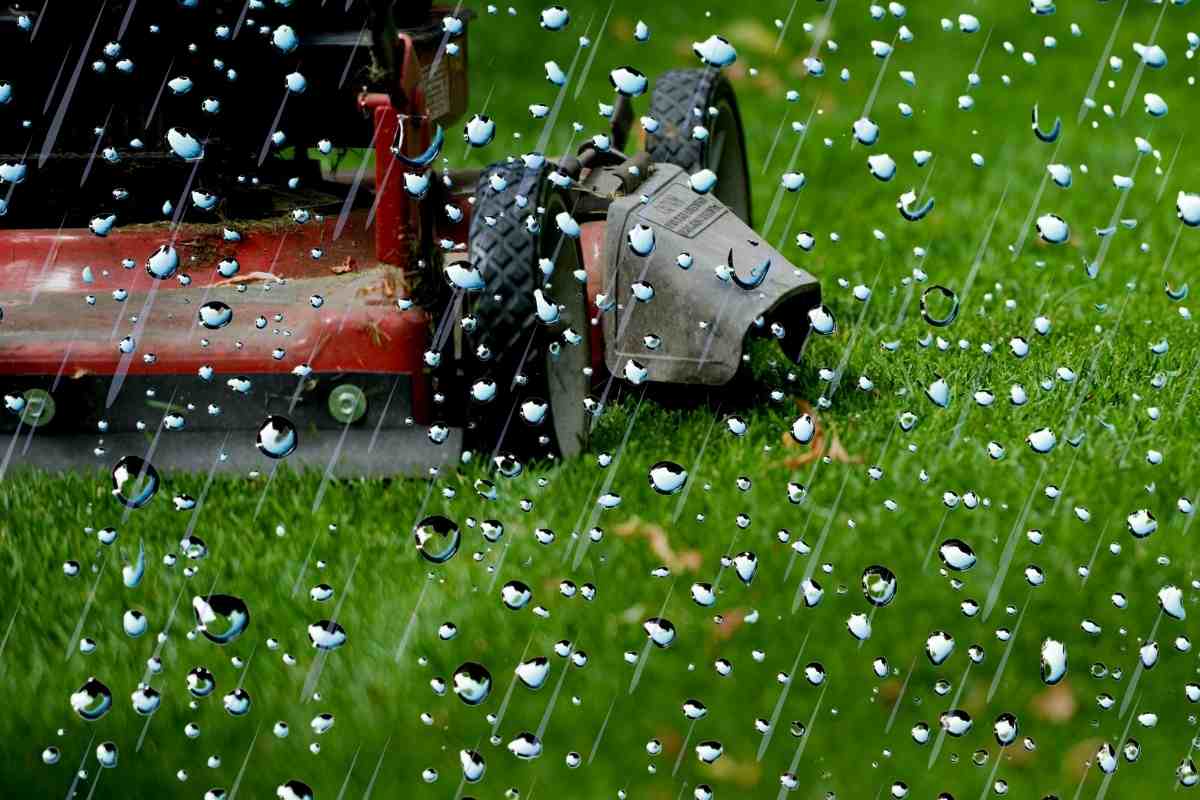
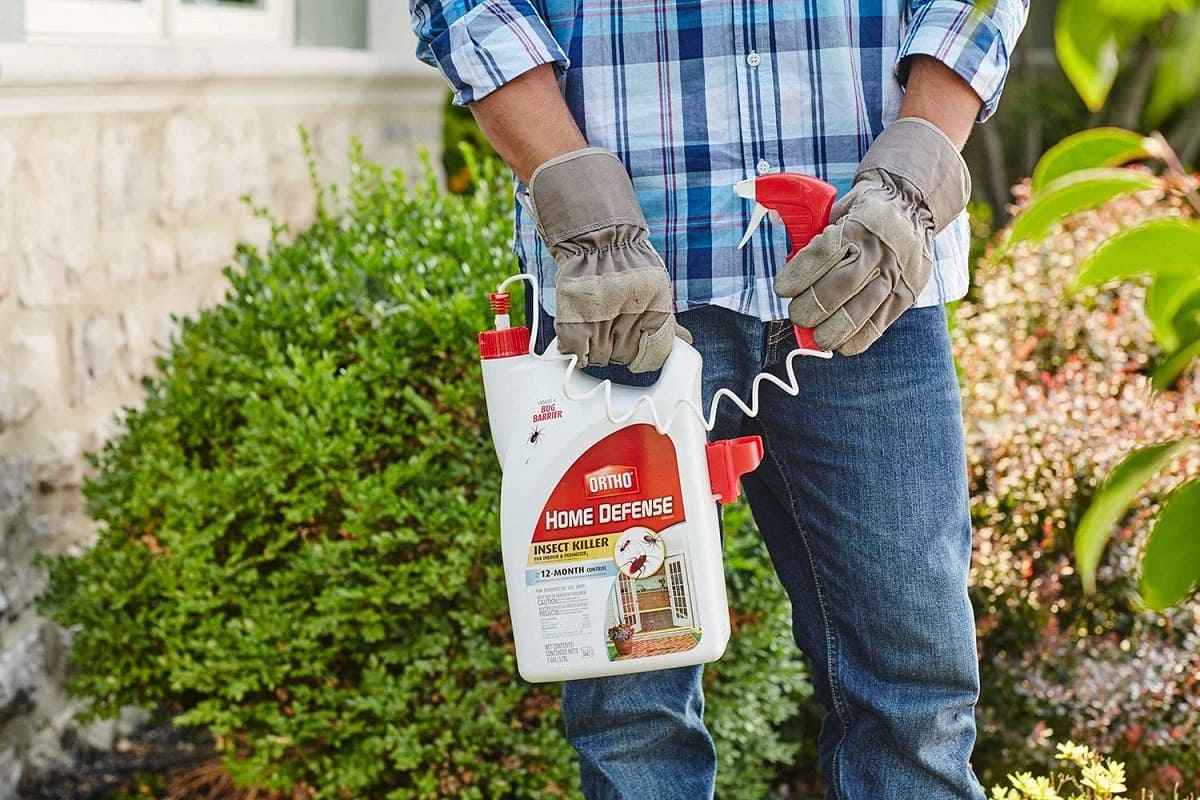
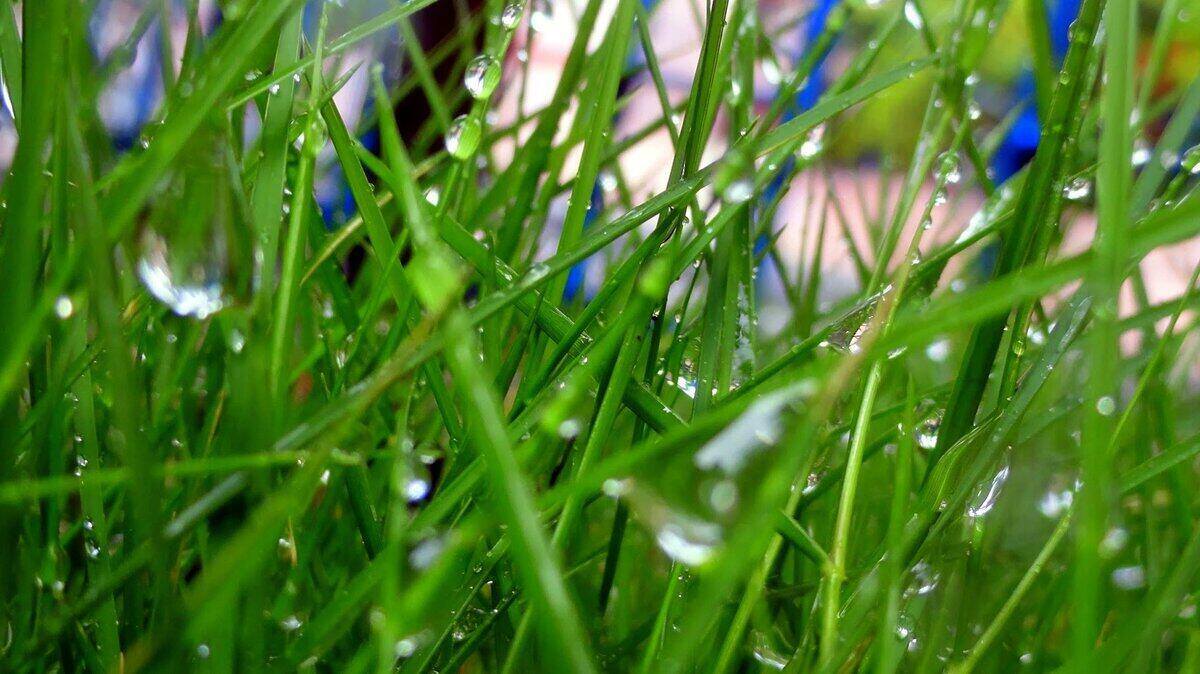
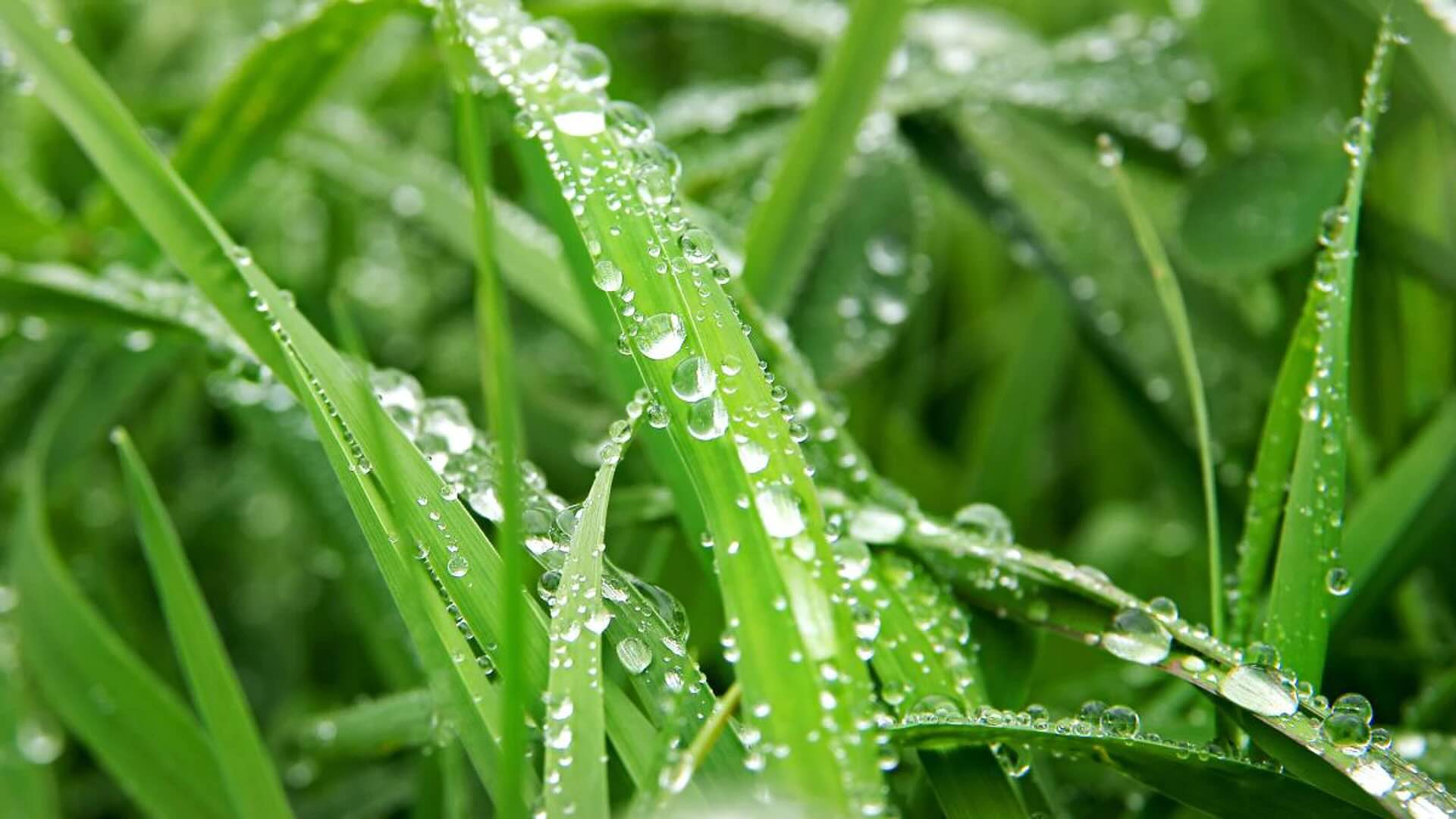
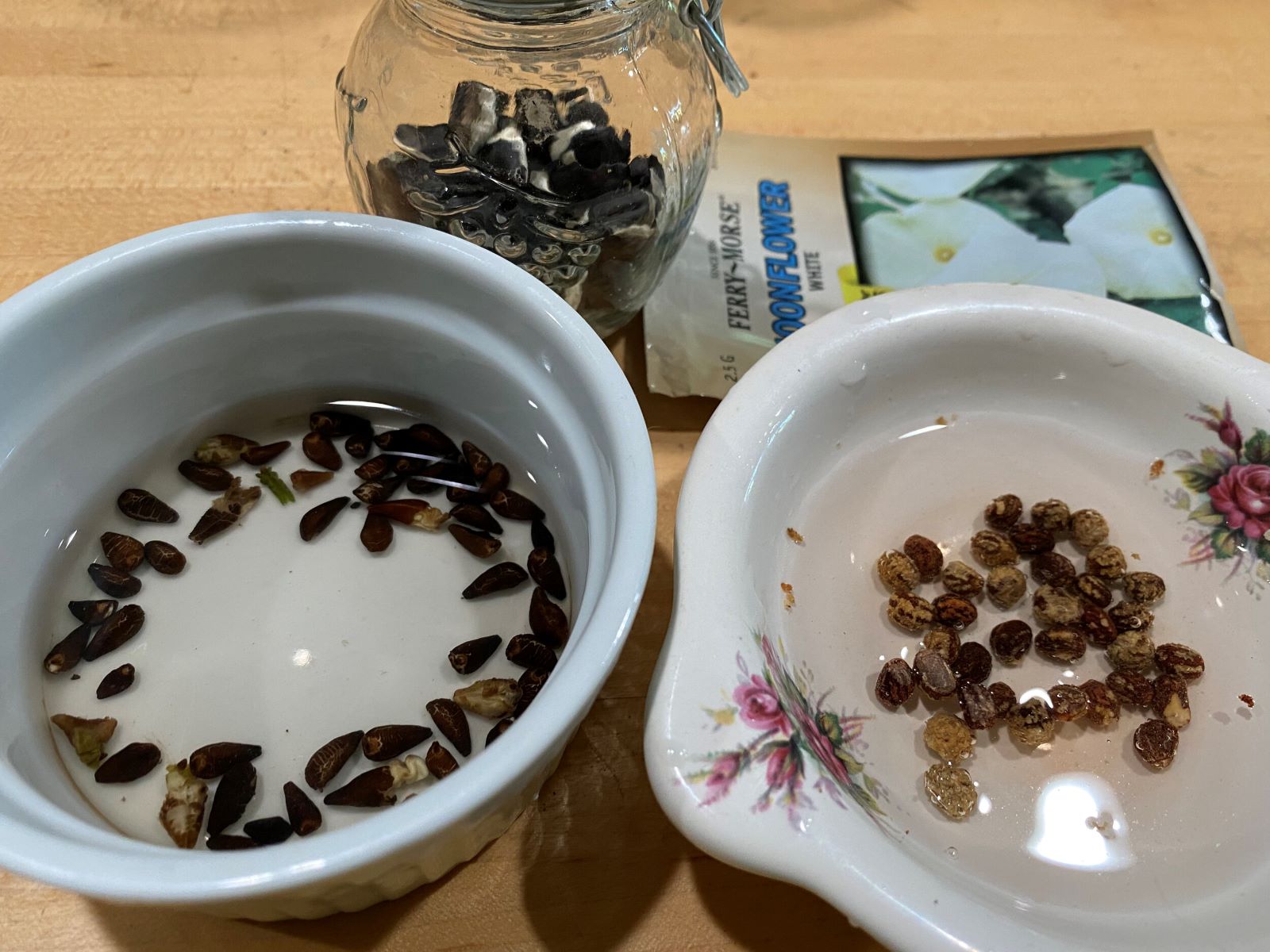
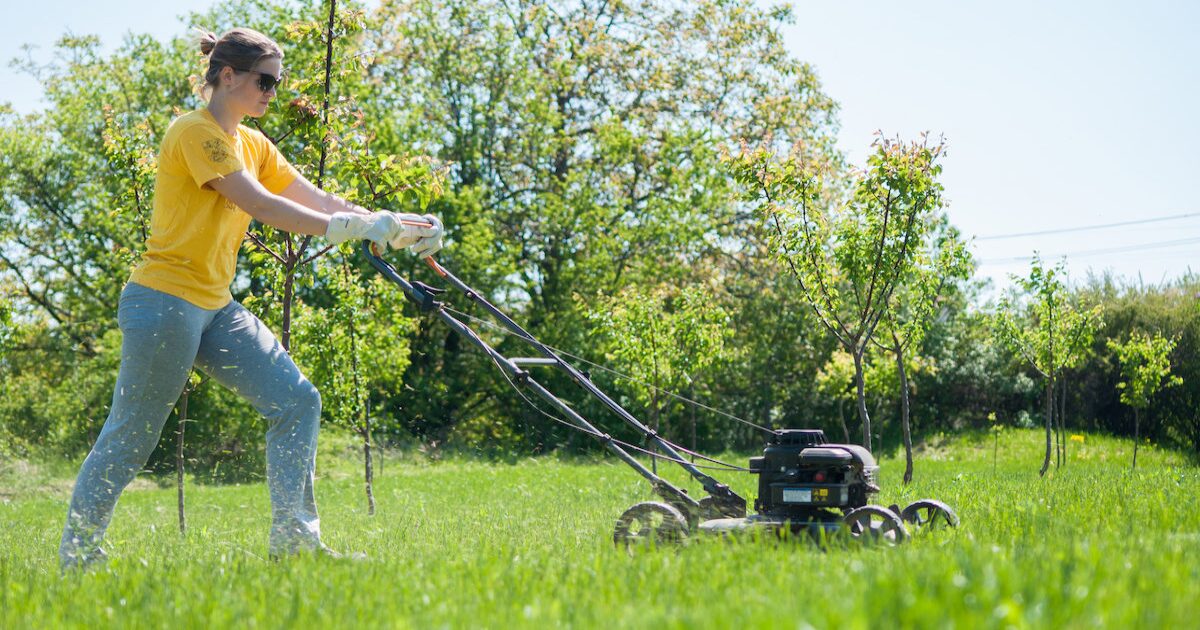
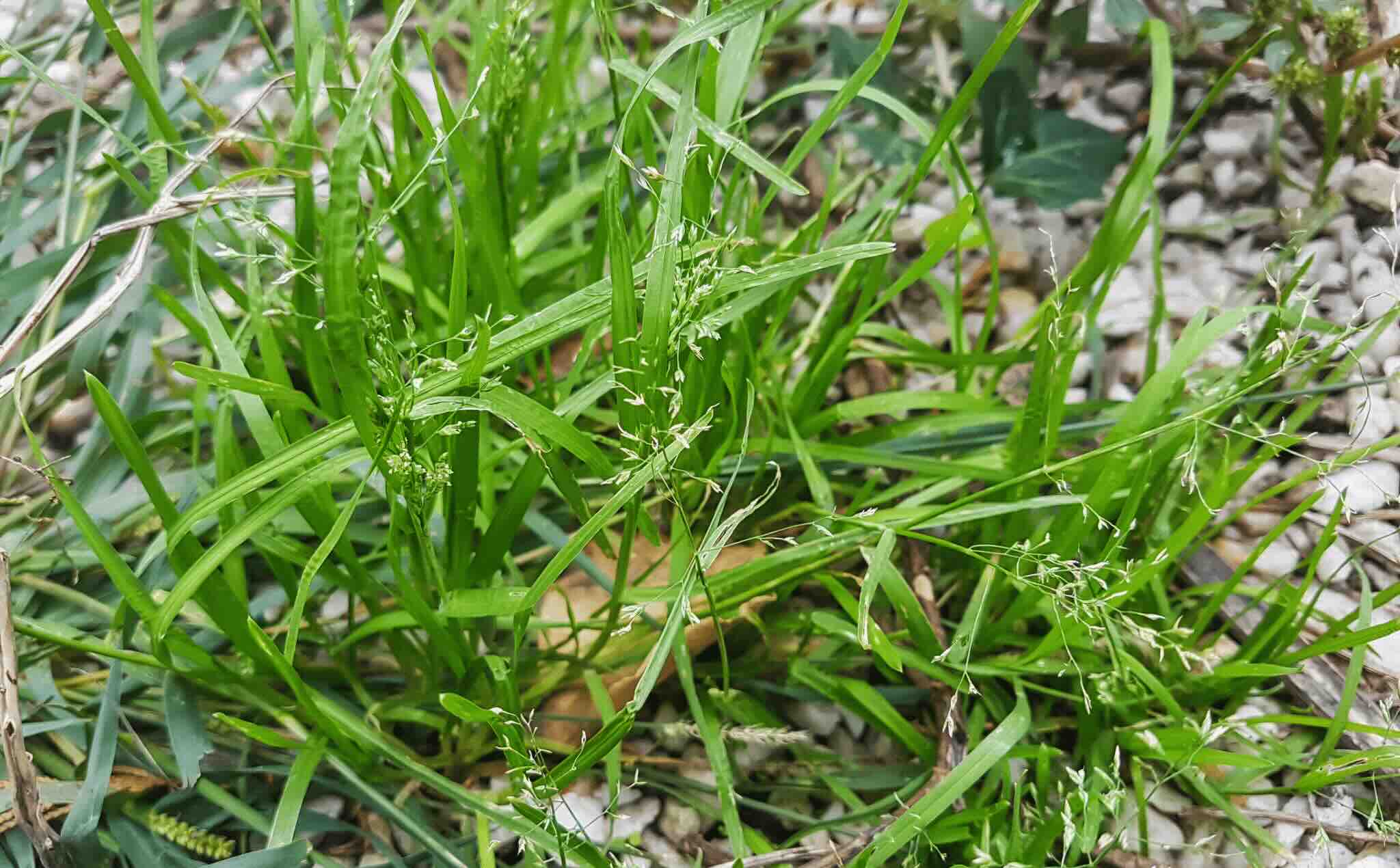
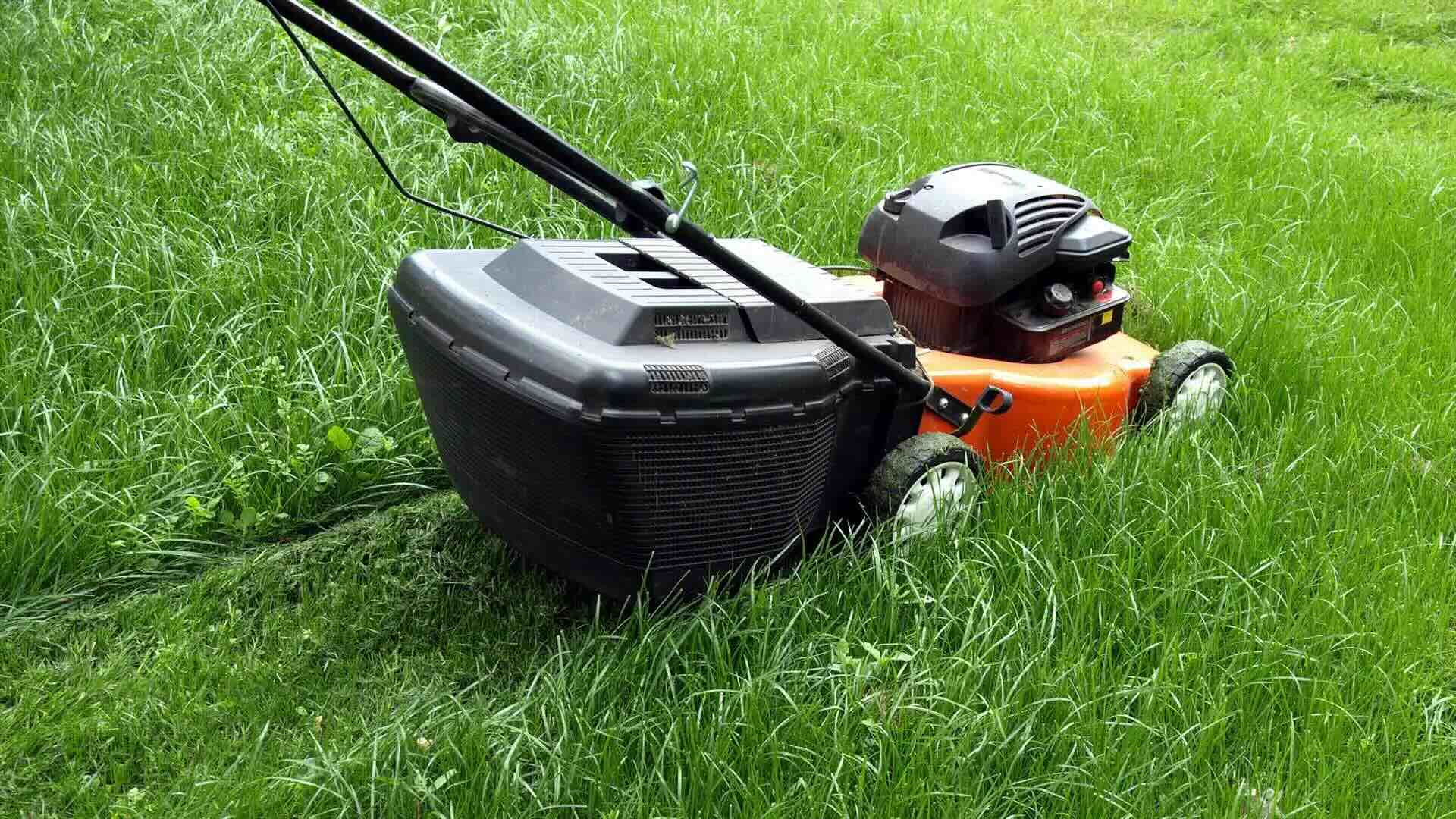
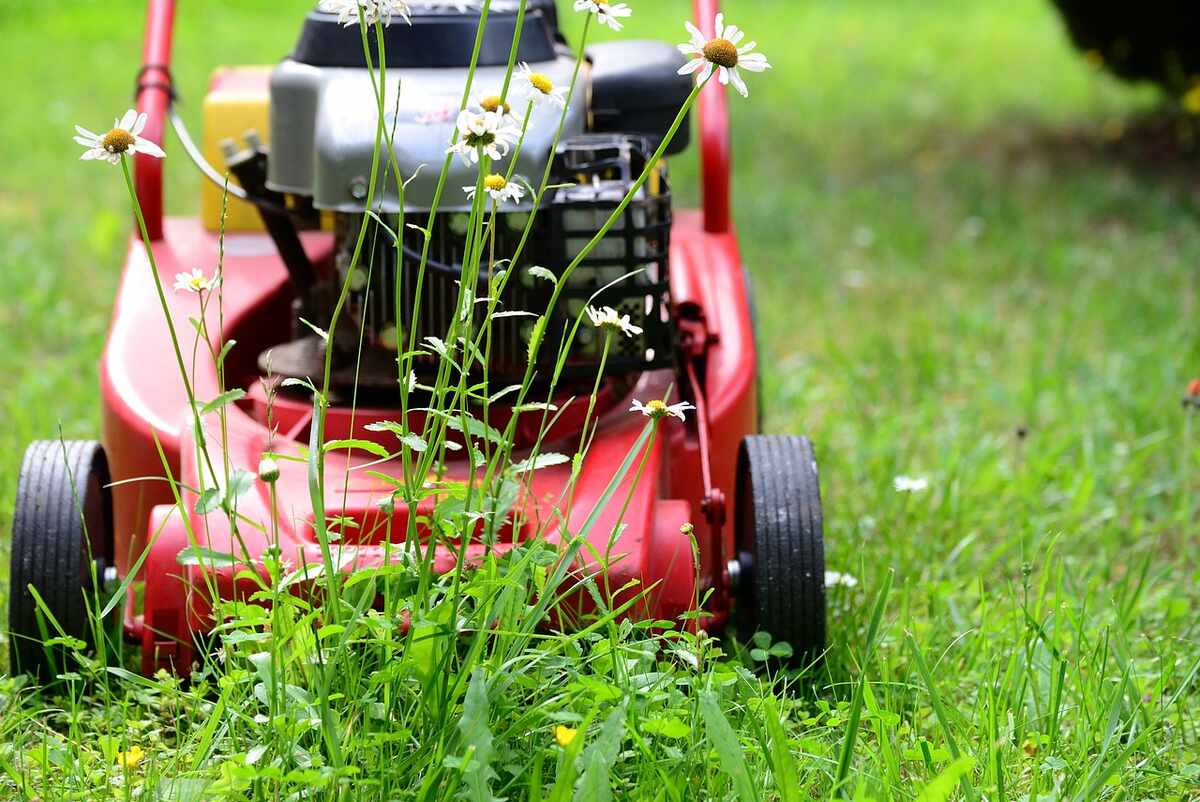
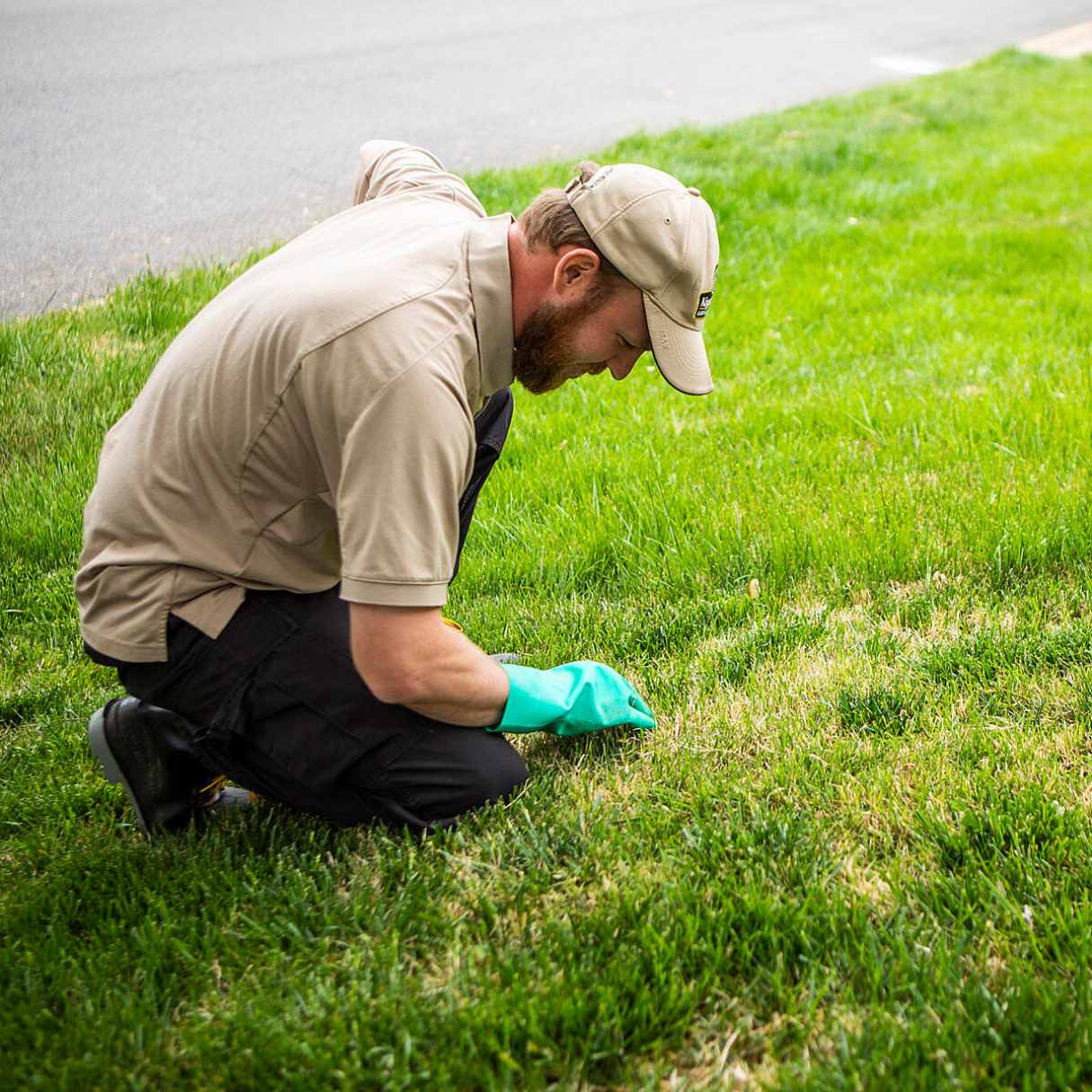
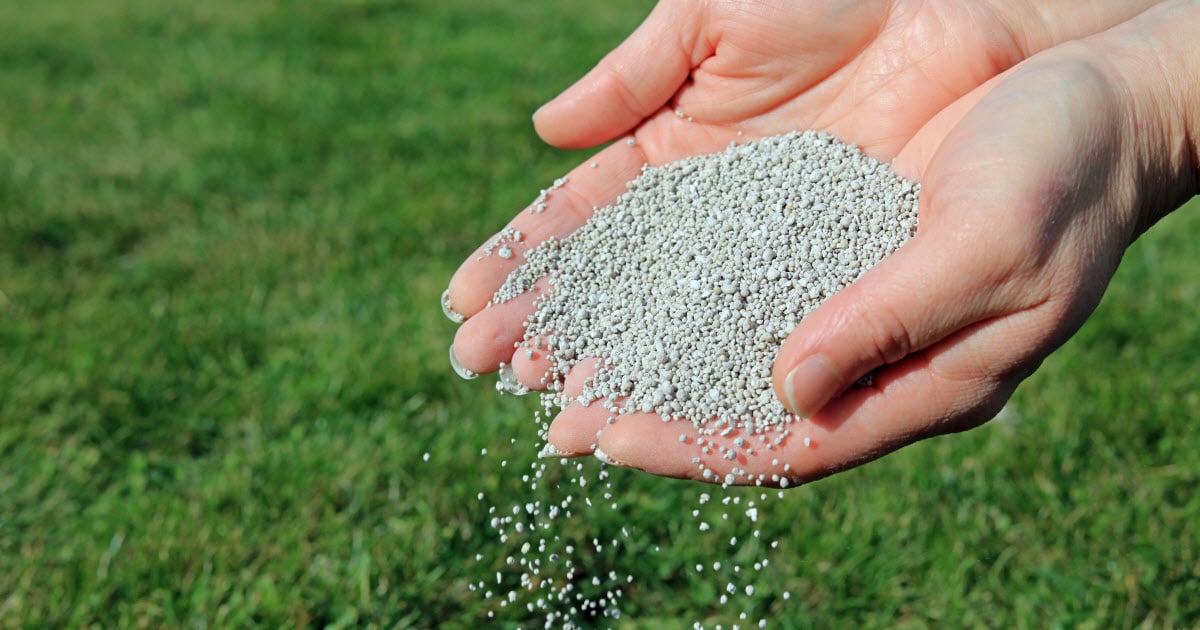
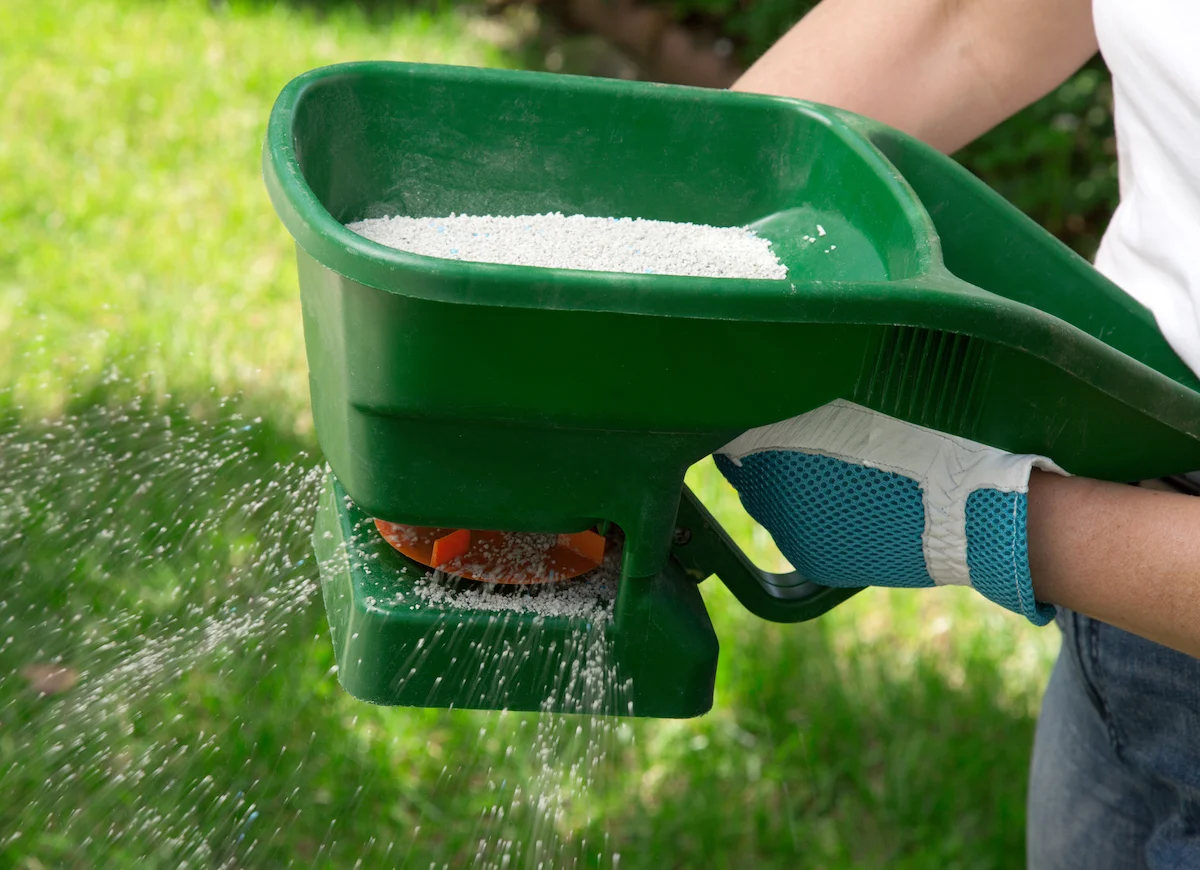

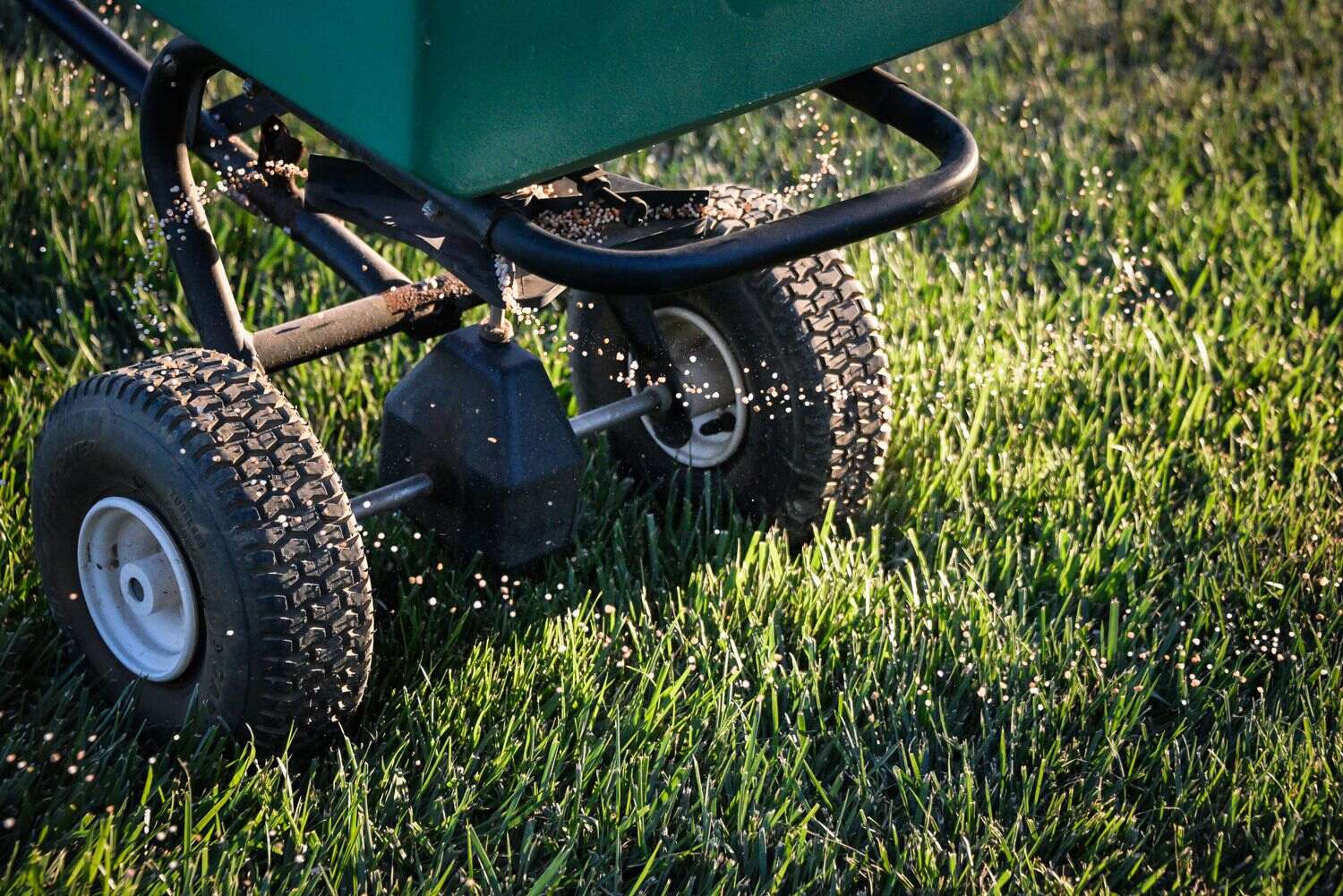

0 thoughts on “How Long Should Fertilizer Be On Grass Before Rain”